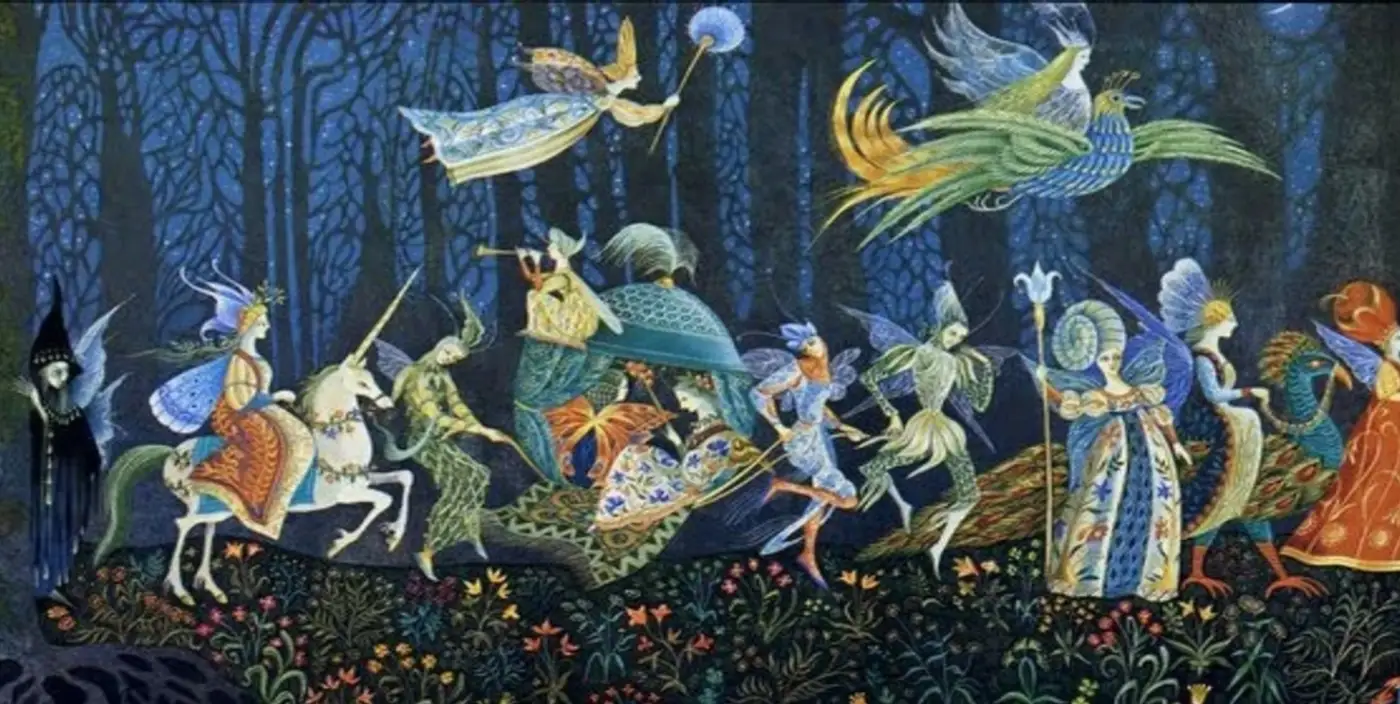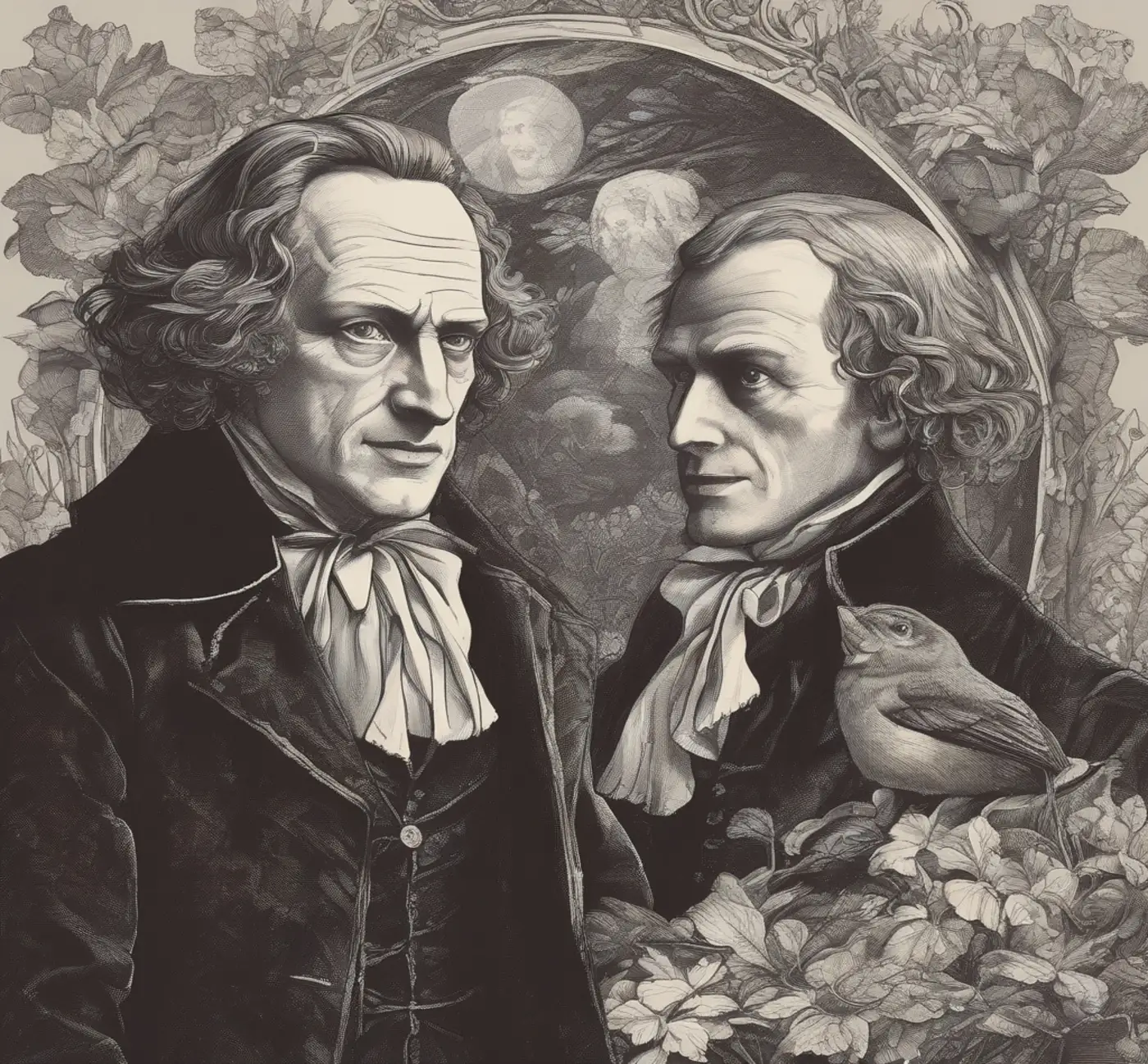The Brothers Grimm: Guardians of Folklore

The Brothers Grimm, Jacob and Wilhelm, hailed from Germany and were deeply intrigued by ancient languages. They embarked on a mission to collect the folk tales that had been passed down orally through generations across different regions of their country. Their seminal work, "Children’s and Household Tales," initially released in 1812, was a compilation of these narratives, including beloved classics like "Snow White," "Hansel and Gretel," and "Little Red Riding Hood."
Originally intended for an adult audience, the tales often contained elements unsuitable for children, such as violence and fright. However, over time, adaptations were made to render the stories more child-friendly. Despite their broader scholarly interests in areas like linguistics and history, the Brothers Grimm are primarily remembered for their enduring contributions to the world of literature through Grimm’s Fairy Tales. These timeless stories, translated into over 160 languages and with over 120 different editions in the United States alone, continue to captivate readers of all ages worldwide.

The Power of Simplicity
At the core of the Brothers Grimm’s writing style lies a profound simplicity that belies its depth. Their prose, devoid of elaborate flourishes, embraces a directness that resonates with readers of all ages. Through this simplicity, they invite readers into a world where the ordinary becomes extraordinary, where the essence of the tale shines through without distraction. It is this simplicity that allows their timeless narratives to transcend cultural and generational boundaries, captivating hearts across the ages.
Magical Imagery
Despite their minimalist approach, the Brothers Grimm possess an extraordinary gift for conjuring vivid imagery that lingers in the mind’s eye long after the story has ended. Whether it’s the eerie glow of an enchanted forest or the ethereal beauty of a moonlit castle, their descriptions transport readers to realms brimming with fantastical wonder. Through carefully chosen words and evocative phrases, they ignite the imagination, inviting readers to become active participants in the enchanting landscapes they create.
Consider, for example, their depiction of Snow White’s fateful encounter with the wicked queen: “Snow White stood before the mirror and looked at herself, and she said, ‘Mirror, mirror, on the wall, who in this land is fairest of all?'” With just a few words, the Brothers Grimm paint a vivid picture of Snow White’s innocence and the queen’s malevolence, setting the stage for the unfolding drama.
The Art of Suspense
Central to the Brothers Grimm’s storytelling prowess is their mastery of suspense—a delicate fusion between anticipation and revelation. With each twist and turn of the plot, they create a web of intrigue that keeps readers eagerly turning the pages. Whether it’s the ominous foreboding of an impending curse or the heart-pounding excitement of a daring escape, their tales are infused with a palpable sense of tension that keeps audiences on the edge of their seats until the very end.
Like the chilling moment in “Hansel and Gretel” when the siblings stumble upon the witch’s gingerbread house in the depths of the forest. As they marvel at its sugary facade, unaware of the danger lurking within, readers are gripped by a sense of dread, knowing that their innocence may soon be shattered.
Morality Tales
Beyond their narrative charm, many of the Brothers Grimm’s fairy tales serve as moral allegories, imparting timeless wisdom to their audience. Through the trials and tribulations of characters such as Cinderella and Little Red Riding Hood, they explore universal themes of resilience, compassion, and the consequences of one’s actions. By embedding these moral lessons within the fabric of their stories, they not only entertain but also educate, leaving a lasting impression on readers of all ages.
For example, the cautionary tale of “The Fisherman and His Wife,” in which a humble fisherman’s wife’s insatiable greed leads to her downfall. Through her relentless pursuit of wealth and power, the Brothers Grimm offer a poignant reminder of the dangers of unchecked ambition and the importance of contentment.
Cultural Significance
One of the primary inspirations for their collection was the desire to preserve Germanic folklore in the face of rapid modernization and industrialization sweeping across Europe. The Grimms saw these ancient tales as repositories of national identity, moral wisdom, and linguistic richness. They embarked on a mission to collect, document, and immortalize these oral traditions before they faded into obscurity.
End Note
The writing style of the Brothers Grimm is a testament to the enduring power of storytelling. Through their simplicity, imagery, suspense, and moral depth, they crafted tales that continue to resonate with audiences of all ages. As we delve into the enchanting worlds they created, we are reminded of the timeless allure of fairy tales and the enduring legacy of two brothers whose words continue to spread their magic across the ages.




